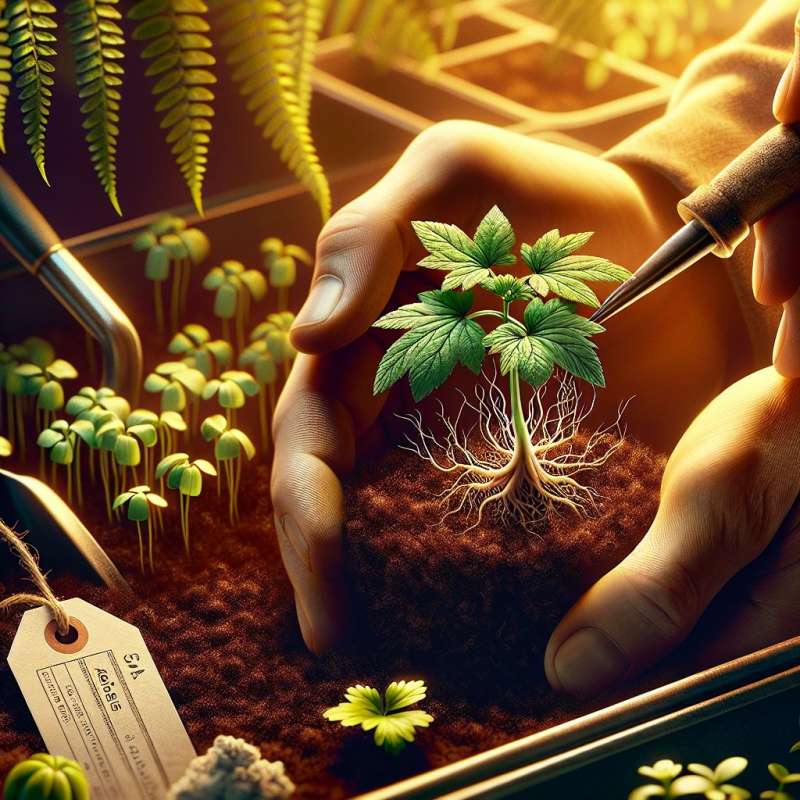
Understanding Potting Soil
Potting soil isn't just dirt. It's a blend of various components tailored to support plant health. Perfect potting mixes are soilless to avoid disease and pests, improve aeration, and provide proper moisture.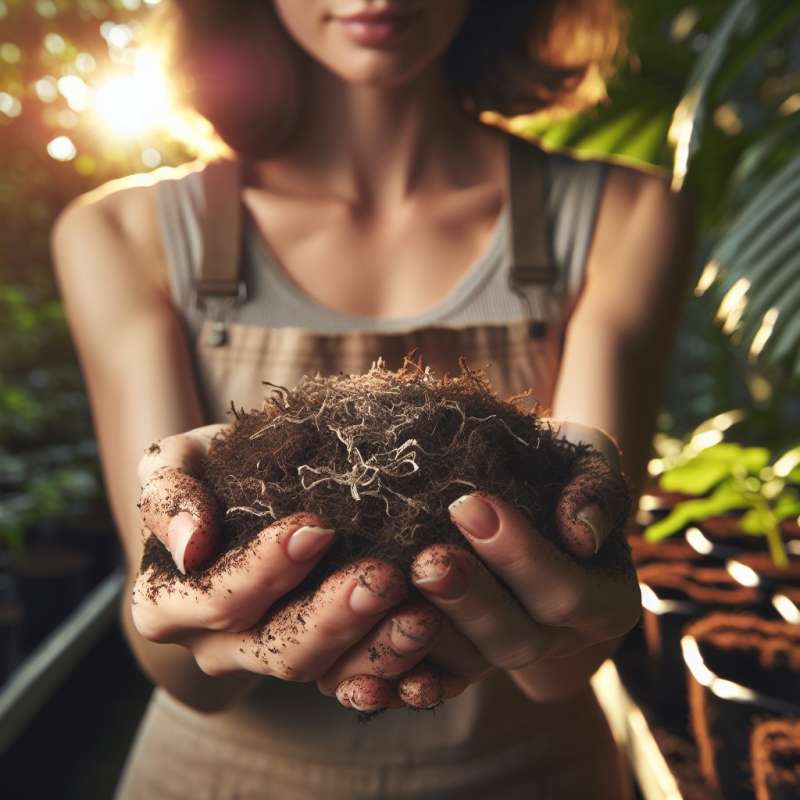
The Base: Peat Moss
Peat moss is the foundation of many potting soils. It retains moisture and releases it to plant roots as needed. However, its acidic nature requires balancing with lime to suit a wider range of plants.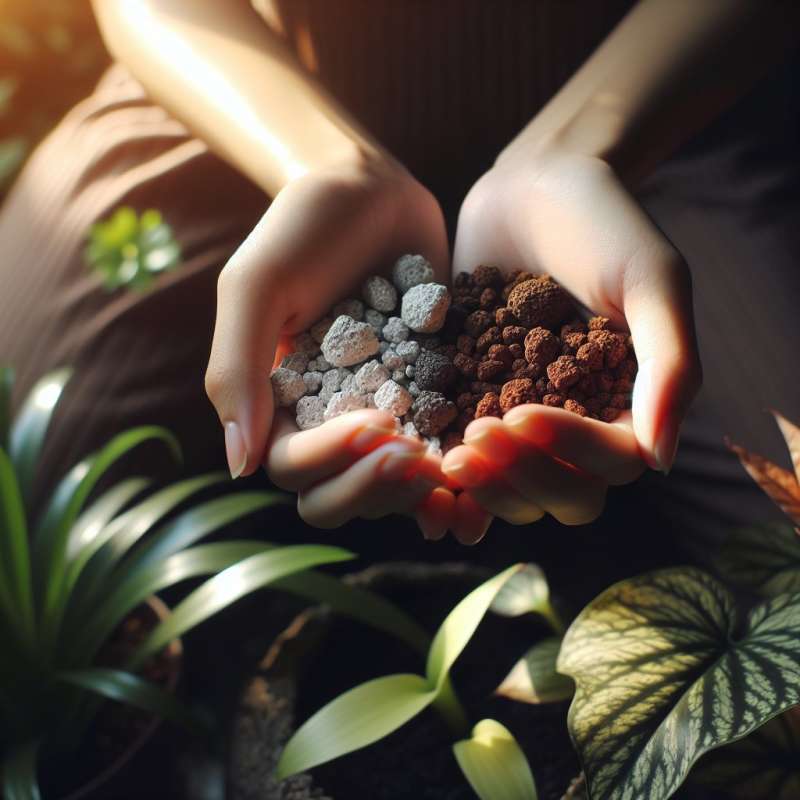
Aeration and Drainage
Perlite and vermiculite, volcanic rocks expanded at high temperatures, ensure good aeration and drainage. Perlite is light and porous, whereas vermiculite holds more water and nutrients.
Nutrient Retention Secret
Coconut coir, a peat moss alternative, is sustainable and retains water without becoming waterlogged. Its excellent nutrient-holding capacity supports plant growth and root development.
Fertilization Components
A balanced slow-release fertilizer is key. It provides nutrients over time. Additionally, worm castings, a natural by-product, offer a rich, non-burning nutrient source for plants.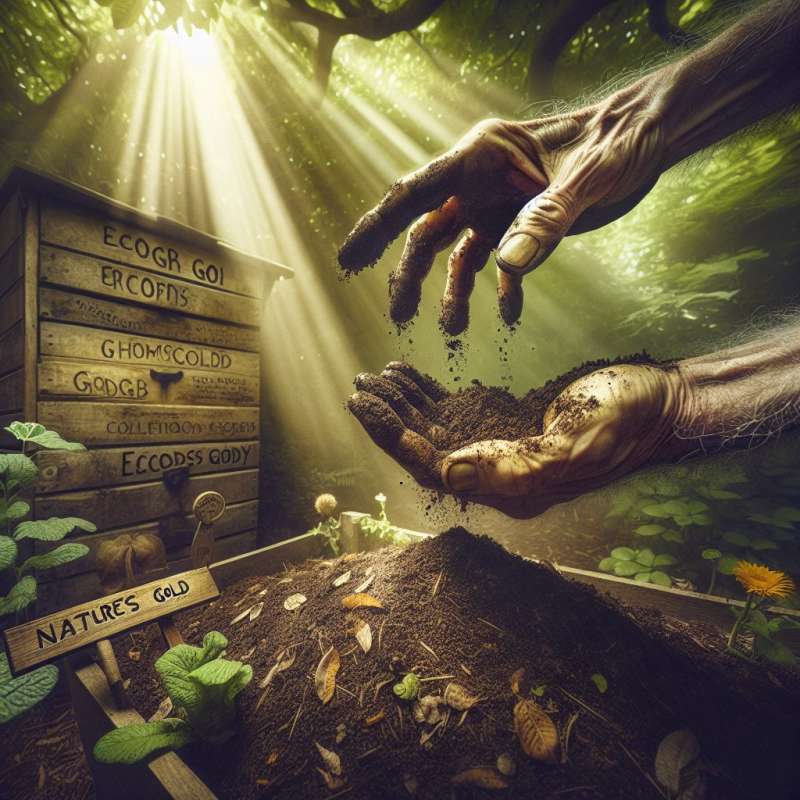
Consider Compost
Compost can be added to the mix for improved soil fertility. It introduces beneficial microorganisms that aid in nutrient absorption but should be fully decomposed and screened.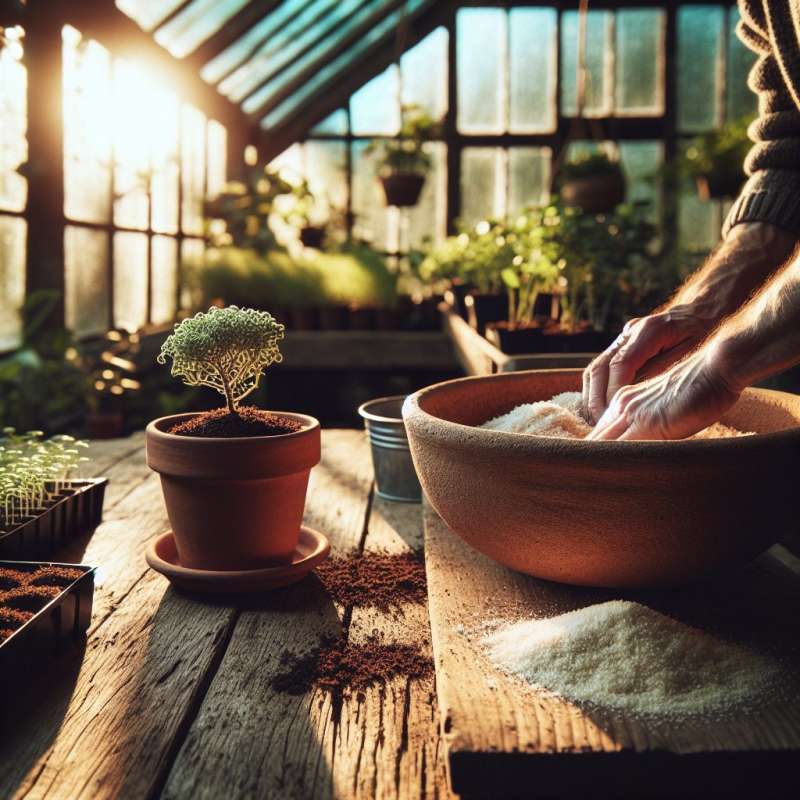
Mixing Your Own
To create a general-purpose potting soil, mix equal parts peat moss or coconut coir, perlite or vermiculite, and compost or worm castings. Adjust based on specific plant needs and environmental factors.
What is the primary purpose of potting soil?
To replicate outdoor dirt
Supporting plant health optimally
Decorative purposes only
Company